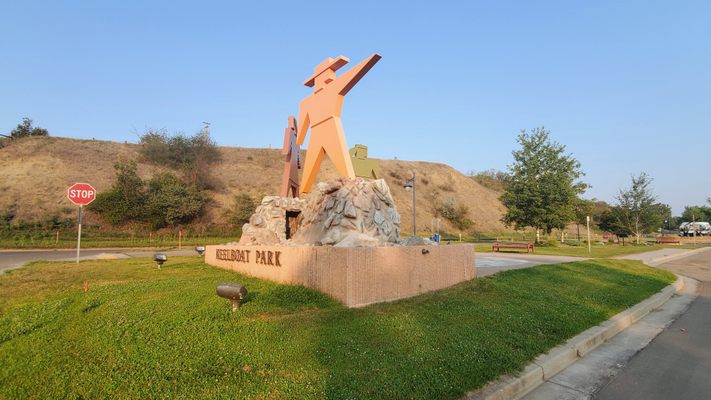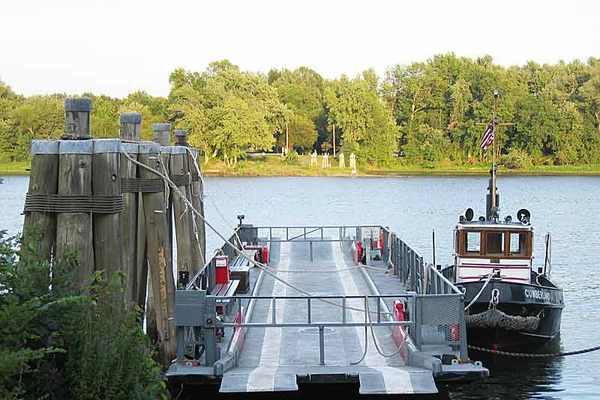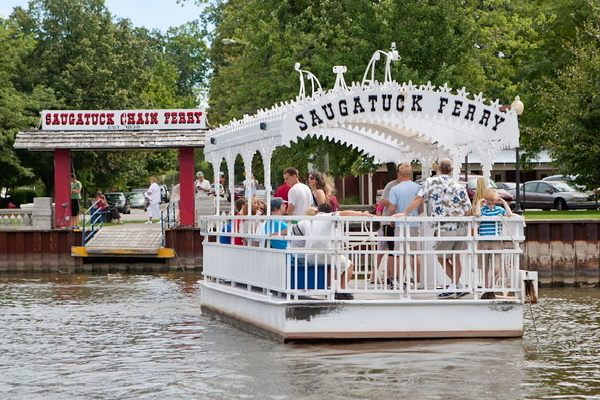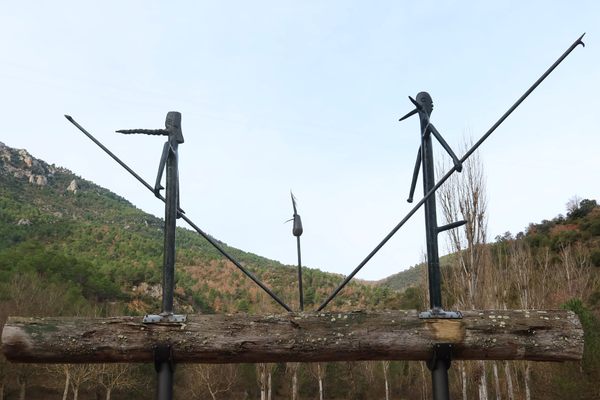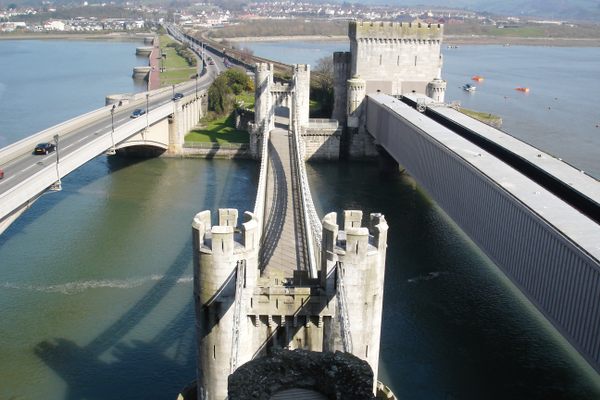About
On October 26, 1804, the Meriwether Lewis and William Clark led their Corps of Discovery Expedition to its winter destination in what would become North Dakota, after completing an arduous 1,500-mile journey upstream on the Missouri River. To mark this passage, the city of Bismarck has forever memorialized their galley, called a keelboat, through a 55-foot-long replica built at this sculptural waterfront park.
The full-scale replica of the keelboat was made possible through the close documentation of its construction process. Construction was supervised by Lewis himself, to his distress, as the boatbuilder was drunken, quarrelsome, and negligent towards his duties. Nevertheless, the boat sailed from Pittsburgh to Camp Wood in St. Louis for the official start of the journey to explore the Missouri River, as President Jefferson had decreed. They began the expedition on May 14 and reached what would become Fort Mandan five months later.
The winter marked a turning point for the expedition, as they would continue their journey over land the next spring, leaving the boat behind. The keelboat returned to St. Louis with a 45,000-word report of the expedition, as well as specimens collected along the way, including prairie dogs, 68 mineral samples, and live magpies. It was also in North Dakota that Lewis and Clark were introduced to a Lemhi Shoshone woman historically known as Sacagawea (often spelled Sakakawea), as well as her husband, Toussaint Charbonneau. She would be a guide and translator on their next leg of the journey west, and would later become an important symbolic figure in American history.
The replica keelboat is just one of the treasures found in Keelboat Park. There are other sculptural works found throughout the park. A sculpture called Thunderbirds, depicting the Great Spirit who lives above the clouds and was a source of wisdom to humans in the lore of several Native American cultures, was constructed by student artists from United Tribes Technical College, and dedicated in 2004–the beginning of a trail of Eagle sculptures that line the waterfront.
Nearby, truly bizarre abstract sculptural figures, meant to depict William Clark, Meriwether Lewis, and Sacagawea welcome visitors to the park. They are cast from industrial metal, painted the color of a muted traffic light, and appear to resemble giant meeples. No matter how strange, they are another demonstration of Bismarck’s importance to American westward exploration.
Related Tags
Published
October 17, 2023



